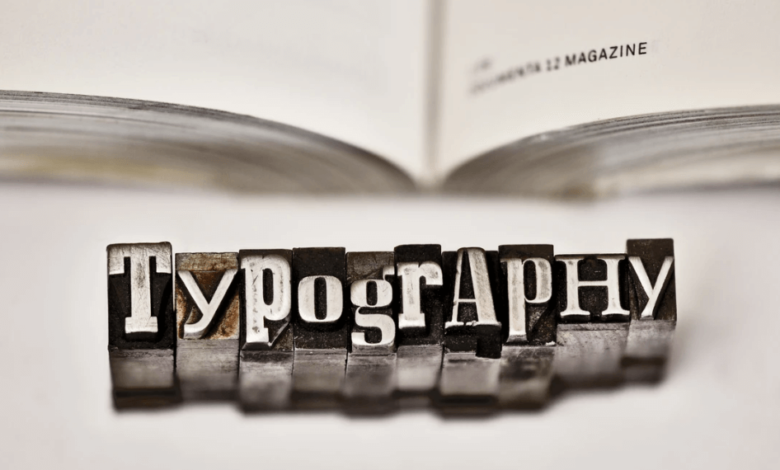Mastering Font Pairs: The Art of Harmonizing Typefaces

At the heart of typography lies the subtle yet powerful practice of font pairing, the process of choosing two or more typefaces that work well together to convey both clarity and character. A thoughtful font combination enhances readability, builds hierarchy, and defines the tone of a project. According to TypeType, a renowned type foundry, effective font pairings are those that create a balance between diversity and unity. Their curated selections reflect tested combinations that “truly work,” enabling designers to craft professional layouts without relying on guesswork.
Why Font Pairing Matters
When typefaces are paired correctly, they create a clear visual hierarchy. This helps guide the reader’s attention from titles to subtitles to body text without confusion. A strong headline font captures attention, while a complementary body font ensures readability. Font pairing also contributes to brand personality. For instance, combining a playful script with a minimalist sans-serif can project creativity with clarity, while mixing a modern geometric sans with a traditional serif can suggest sophistication and trust.
Beyond aesthetics, font pairings also impact usability and workflow. TypeType’s platform offers ready-made font pairings, simplifying the design process. These combinations are crafted by their expert type designers who test for proportion, contrast, readability, and flexibility across formats.
Principles of Effective Font Pairing
Successful font pairing relies on a few texts. What looks great in a sample may fall apart when used for a full page of text or across digital platforms.
Examples from TypeType’s Curated Combinations
TypeType provides an excellent collection of ready-to-use font pairs, built from their own versatile type families. A standout example is the pairing of TT Norms® Pro, a clean, modern sans-serif, with TT Norms® Pro Serif, its companion serif. This duo works seamlessly for editorial layouts and branding that requires both authority and clarity. Another strong pairing includes Georgia and TT Commons Pro. Georgia, a classic serif font known for its readability, softens the modernity of TT Commons Pro’s geometric style. This combination is ideal for newsletters, blogs, or product descriptions.
In newsletter design, TypeType explores combinations like Times New Roman + TT Neoris or Courier + TT Ricordi, highlighting how traditional fonts can find new life when matched with contemporary TypeType fonts. These pairings offer both familiarity and a refreshed visual edge.
See also: self loading concrete mixer: The Evolution of Concrete Mixing Technology on Wheels
Avoiding Common Mistakes
Using fonts with overly contrasting weights—such as an ultra-thin headline with a heavy body font—can create imbalance. Fonts with clashing personalities, like a whimsical script paired with a rigid modern sans, may confuse the viewer. And poor spacing adjustments can undermine even the most compatible font pairings. Designers must also avoid using too many typefaces within the same project, as this leads to visual chaos.
Conclusion
Font pairing is both a science and an art. It involves mixing contrast and cohesion to create communication that is not just readable but also emotionally resonant. With tools like TypeType’s font pairing guide, designers can access expertly tested combinations that reduce design errors and enhance results. Whether you’re aiming for timeless elegance or modern dynamism, starting with curated pairs like TT Norms® Pro + TT Norms® Pro Serif or Georgia + TT Commons Pro can provide a solid foundation for compelling design. By following best practices and leveraging professional insights, any designer can unlock the full potential of typography.




